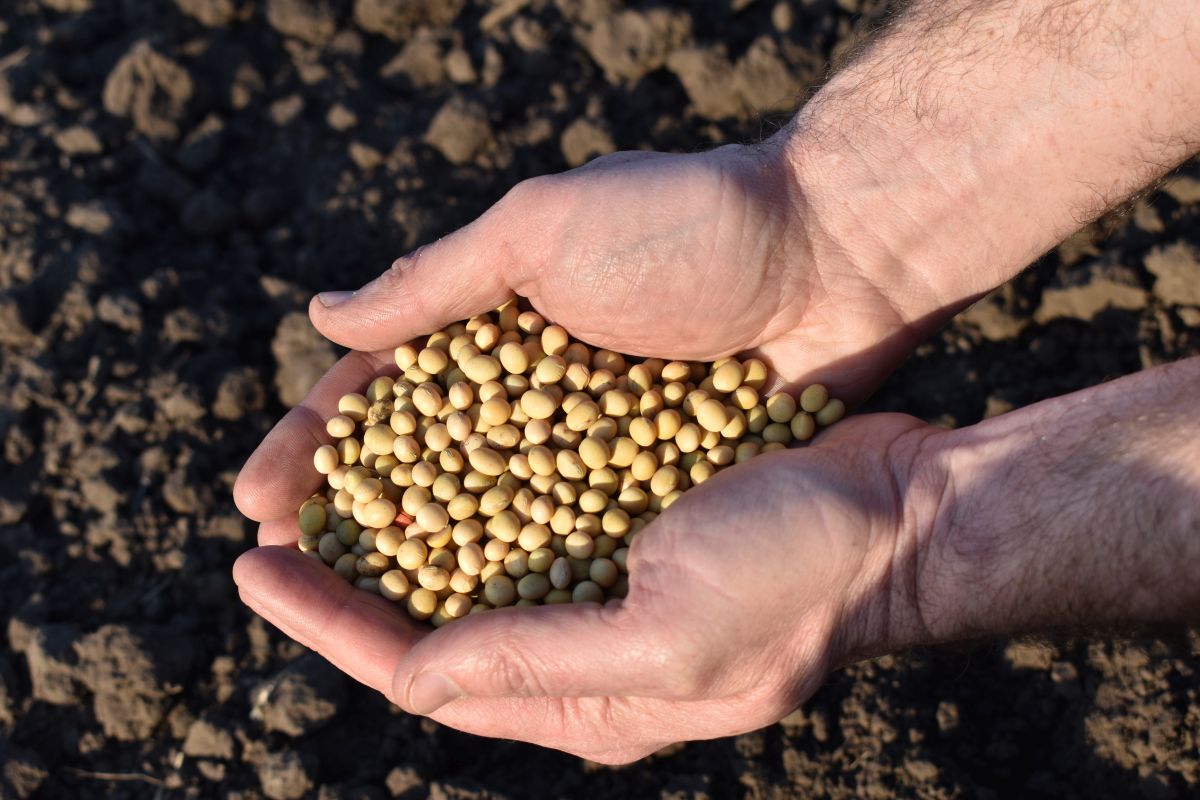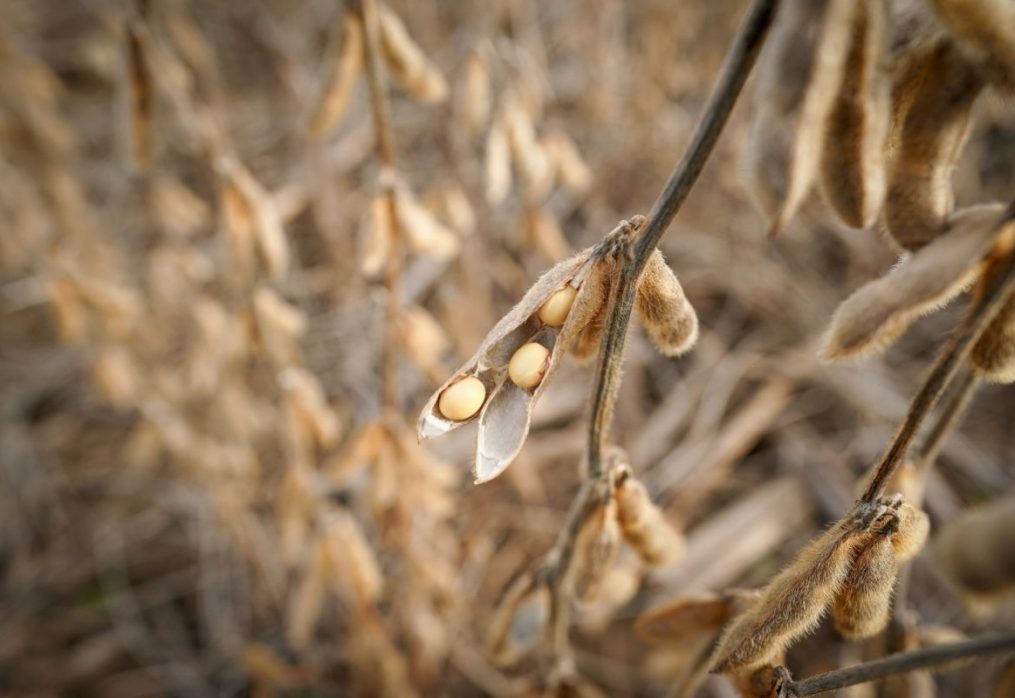Soybean imports to China will increase this year
How China’s soybean imports affect the oilseeds market
During last year, China significantly increased imports of soybeans, and this year the trend continues. Thanks to this activity, the country began to influence price formation in the oilseeds market, and according to experts, its role in these processes over time will be even more important.
Between 2020 and 2021, the value of soybeans has increased by 20-30%, with China’s share of global trade in the products accounting for 60%. According to forecasts from analysts, soybean imports by the end of this year could reach 100 million tons. It is possible that these volumes will increase even more in the future, as China plans to rebuild the pork industry, which will require more resources.
One of China’s main suppliers of soybeans is the U.S., but so far the prospects for trade between the countries remain unstable. According to S&P Global Platts experts, further steps in the implementation of the agreement between Beijing and Washington depend on the decisions of the new White House government.
Under the terms of the trade agreement, the U.S. must supply China with agricultural products worth $80 billion over two years. However, according to analysts, the implementation of this agreement is almost unrealistic given all the factors now affecting the market. In 2020, imports to the PRC were 12 tons less than previously estimated. Chinese buyers preferred to buy pulses in Brazil, due to the tense relationship between Beijing and Washington, and difficulties in a number of interactions. As a result of changes in U.S. shipments, imports from that country to the PRC were 55% less than what had been agreed to in the plan.
Soybeans are one of the main crops for the Chinese market. It is used for food, soy sauce, oil and protein extraction. In addition, pulses serve as fodder and are used for the livestock industry.

Since 2014, the country’s soybean production has been increasing, with volumes reaching 18.1 million tons by 2019, a 13.3% increase over the previous period. However, the trend reversed in 2020, and production volumes declined.
Despite large legume production figures, soybean imports are significantly higher than exports. Supply volumes to the PRC depend on demand, which fluctuates. For example, imports in 2019 were 88.5 million tons, down from 95 million tons in 2017.
At the beginning of 2020, shipments fell as a result of the pandemic. However, since the third quarter there has been an increase in imports, and according to forecasts, the dynamics will continue this year.
